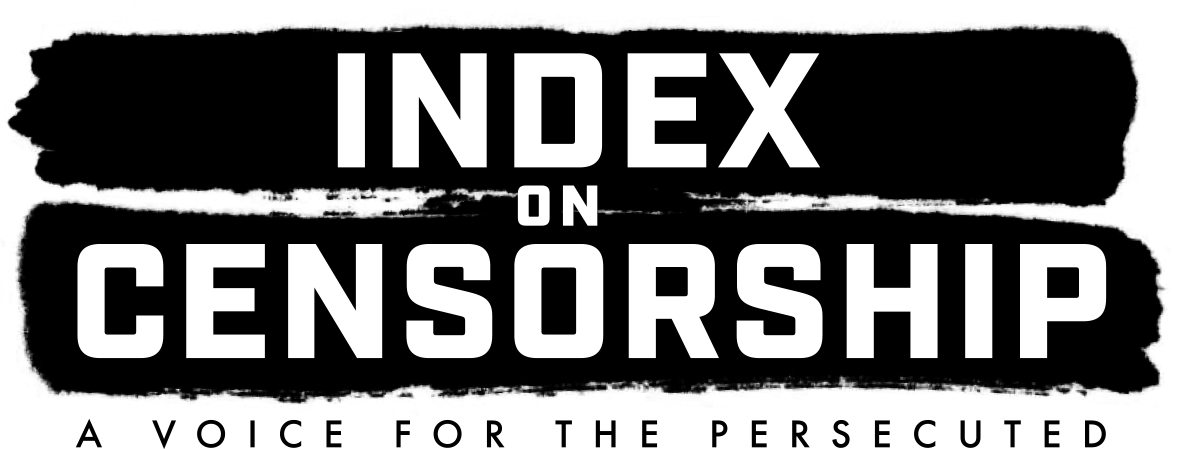Freedom House released a report last week offering a kind of product review of internet circumvention tools available to web users living in countries where their access to online content is regularly blocked and filtered.
Circumvention tools — or at least the idea of them — have become a popular cause for politicians and some net freedom activists in the West who see the technology as the best antidote to internet firewalls.
But as Freedom House points out, the array of tools available come with tradeoffs many users may not be considering. Freedom House’s survey of users in Azerbaijan, Burma, China and Iran, reveals that many are prioritising quick access over personal safety and security — something they may be doing, the authors speculate, “out of ignorance of the risks taken.”
And in a further sign of the fractured debate around such tools — and the high stakes for anyone in, say, Iran trying to use them — a prominent US developer behind one of the tools examined by Freedom House has heavily criticised the report.
Jacob Appelbaum, one of the developers behind the Tor Project (perhaps even better known as a player in the US government’s Twitter confrontation over access to the personal information of users connected to WikiLeaks), has written that the report “in its current form could be dangerous to the users it aims to help.”
He critiques Freedom House’s methodology for examining the tools, including Tor’s, and suggests in particular that the report may mislead users on the security level of various circumvention options available to them.
For all their seeming popularity in concept — a theme discussed in the current Index magazine in Danny O’Brien’s profile of the imploded project Haystack — circumvention tools may not even be reaching many of their intended users.
Last year, a Berkman Center circumvention usage report estimated that no more than 3 per cent of internet users in countries with substantial internet censorship use circumvention tools at all. After surveying savvy net users most likely to know about such tools, Berkman concluded that the true usage rate is likely even lower.
These debates about the quality of existing tools and the extent of their actual impact matter for US internet policy for one significant reason: The State Department must decide how to deploy about $25 m in funding to support international Internet freedom, and some — including powerful Republican Senator Richard Lugar — would like to see that money go entirely to develop circumvention tools.
Rebecca MacKinnon, in an interview with the New Yorker magazine, describes what’s become a political fight in Washington over how to spend this money. It pits, on one side, circumvention tool developers like the Global Internet Freedom Consortium that have actively lobbied media and politicians, and on the other Internet advocates (MacKinnon included) who warn that circumvention tools only address a small piece of the problem of free speech censorship online.
Hillary Clinton seemed to place herself in the latter category during her February speech on internet freedom when she said the government would invest in a “portfolio of technologies, tools and training.”
The bigger question, though, may not be which technologies and which tools, but can the US best help the global cause of internet freedom by investing in technology tools, or human infrastructure?
As Ethan Zuckerman has argued: “We can’t circumvent our way around internet censorship.”




